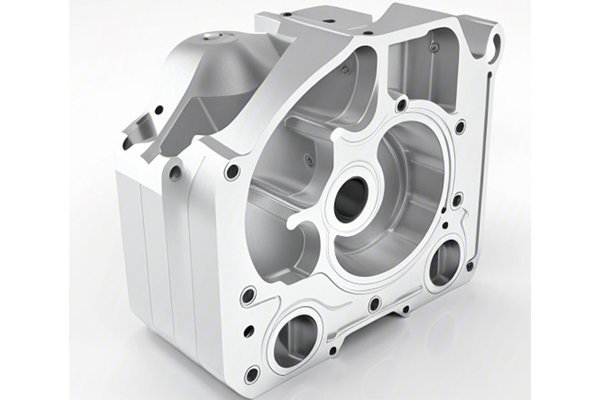Opening:
Have you ever wondered how the choice of material can impact the performance of components produced through CNC machining? An astonishing fact is that the materials selected for CNC applications can influence the machining process by as much as 40%, affecting everything from cycle time to finished part quality. As industries ranging from aerospace to automotive continue to push the boundaries of precision engineering, understanding the differences between traditional and modern materials is crucial for optimizing CNC machining performance.
Content:
Understanding CNC Machining
CNC (Computer Numerical Control) machining is a manufacturing process that uses computer-controlled tools to create precision components. Whether for prototyping or mass production, the materials chosen for CNC machining play a vital role in determining the efficiency and effectiveness of the operation. The selection of the right material can have considerable implications for tool wear, surface finish, and overall part integrity.
Traditional Materials in CNC Machining
Traditional CNC machining often revolves around a set of well-established materials known for their reliability and machinability. These include:
The Rise of Modern Materials in CNC Applications
As technology has advanced, so too have the materials available for CNC machining. Modern materials offer unique properties that can enhance machining performance. These include:
Performance Differences Between Traditional and Modern Materials
Machinability

One of the most notable differences between traditional and modern materials is machinability. Traditional materials, such as aluminum and brass, are generally more forgiving during machining, requiring less specialized tooling and shorter processing times. Modern materials, particularly composites and superalloys, can be more difficult to machine due to their toughness and low wear rates.
For instance, while aluminum can allow for faster feed rates and deeper cuts, materials like titanium may necessitate slower cutting speeds and specialized tooling to minimize tool wear and maintain thermal stability.
Tool Wear
The choice of material also significantly affects tool wear. Traditional materials, especially softer metals, tend to cause less wear to cutting tools, allowing them to maintain sharp edges over longer production runs. In contrast, modern materials, particularly hard alloys and composites, can accelerate wear on cutting tools, requiring more frequent replacement and potentially increasing production costs.
Part Integrity
The integrity of the final product is crucial in many applications. Modern materials often demonstrate enhanced properties such as tensile strength and resistance to deformation compared to traditional counterparts. This difference is particularly important in high-stress applications where reliability is paramount.
For instance, while a part made from 6061 aluminum might suffice in low-stress environments, an aerospace component would likely require a superalloy that can retain its mechanical properties under extreme conditions.
Surface Finish
Surface finish is another critical factor affected by the choice of material. Traditional materials typically produce a satisfactory surface finish with minimal effort. However, modern materials often require special attention, as their unique properties can complicate surface finishing processes. In CNC machining of advanced composites, for example, achieving a smooth surface finish may require specialized tools and techniques to avoid delamination or fiber pull-out.
Solutions and Best Practices in Material Selection
In conclusion, the differences between traditional and modern materials in CNC machining applications can significantly impact performance across various metrics including machinability, tool wear, part integrity, and surface finish. Traditional materials often provide simplicity and reliability, ensuring quicker setup and processing, while modern materials offer enhanced performance capabilities suited to innovative applications. Understanding these differences and implementing best practices for material selection is essential for any CNC machining enterprise striving to remain competitive in today’s rapidly changing industrial landscape.
Thus, the decision regarding which materials to employ should not be taken lightly; it requires careful consideration of the intended application, the operational environment, and the required performance metrics. As industries continue to evolve and new materials enter the market, staying informed and adaptable will be key to ensuring that CNC machining processes are efficient, cost-effective, and capable of meeting the increasingly stringent demands placed upon them.






